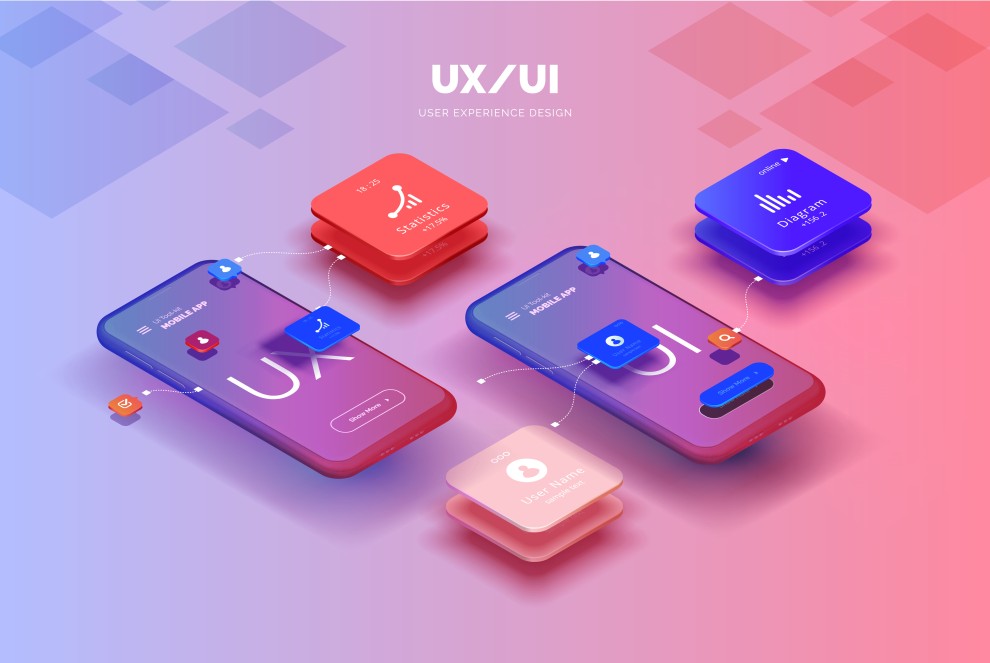Technology keeps evolving – great news for individuals who get to use the technology and a constant challenge for developers who need to work even harder to meet the increasing demands of a digitally-savvy audience. This holds true for learning technology as well.
There are many learning platforms out there that are uninspiring and poorly designed. However, have you acquainted yourself to a new kind of learning platform called the NextGen Learning Management System (LMS)? Well, it is engineered keeping in mind the expectations of a modern learner and continues to change the standards of online training in numerous ways. Here’s how:
1. UI/UX
If looking at your LMS reminds you of the web design that prevailed in the nineties, then one thing is for sure; it is certainly not future-ready. That’s because your learners have already experienced better designed LMSs that the World Wide Web has on offer.
So, how should you go about making the UI more intuitive and the UX more involving?
Well, let’s start from the centre. If you have a central dashboard that contains clear links to every area your learner needs to go to, then it is the first step in the right direction. The best thing to do is to map the learning journey from the perspective of the learner. When you do so, look for things that would make you lose interest and chuck them out from your UI.
Maintaining high standards in terms of UX and UI is vital for your learners to use the system in an efficient manner. Keep your managers and admins in mind as well. Ensure that the back-end interface too is easy to use and navigate.
2. Gamification
When it comes to user experience, think of what you can do in order to make the journey of learning even more fascinating? The answer is to make the experience feel similar to that of a game. Gamification can give you an impression of an untested, niche field. But, it is something that has been incredibly successful over the years. Today, you may not even come to know when you are being gamified!
In the case of NextGen learning platforms, gamification plays a huge role. It captures the attention of your learners who keep on coming back for more because of gamification. Like a lot of other features in a NextGen LMS, gamification is not only limited to what the learner does; it is also about how it is making him/her feel when they level-up. You can set-up assigning virtual awards and badges as a form of positive reinforcement to keep learners coming back for more.
3. Personalization
Nowadays, digital content is tailored according to target audience almost all the time. For instance, when you search for triple glazing on your internet browser, it will show you a list of suppliers located near you and not on the other side of the world. Considering this, we all can certainly agree on one point – life without such a thing can be quite frustrating.
The same applies to learners. Even if the content of the LMS is in a language that they know, they will not exactly want to search through lists of content to find something meaningful for themselves. That is why in the case of a NextGen LMS, every learner sees only those training modules that hold relevance to their role served to them from the get-go.
Moreover, the platform should also be tailored and branded in order to match the organisation’s values. This creates a virtual environment in which the learner feels comfortable and relaxed. At the same time, it also helps inculcate a sense of ownership and belonging among them.
4. Mobile
Today, mobile phones find more usage than any other device. Such a trend will only continue to grow. Considering this trend, your learning platform needs to be mobile responsive at the very least. Moreover, if you really wish to take your LMS to a future that is mobile-first, it should also allow you to publish content that is available the same on any smart device, be it desktop or mobile phone. It’s about upgrading from a claimed mobile responsive environment to a learning environment that is fully mobile responsive, offering that seamless experience as a learner works on the same course through any device.
5. Social
A feature that plays a big role in learner engagement and is a considered as a hallmark of a NextGen learning platform is having company-wide news feed that updates everyone on the latest happenings and provides them with a platform where they can talk about their own successes. Social tools can also be used to do a number of other things on a learning platform.
All of these aspects have one thing in common. They don’t coerce the learner into behaving in a manner that does not come naturally to them. On the contrary, they help in making the entire training experience effortless and enjoyable. A training program, when built with these features, has the power to create a real difference.



